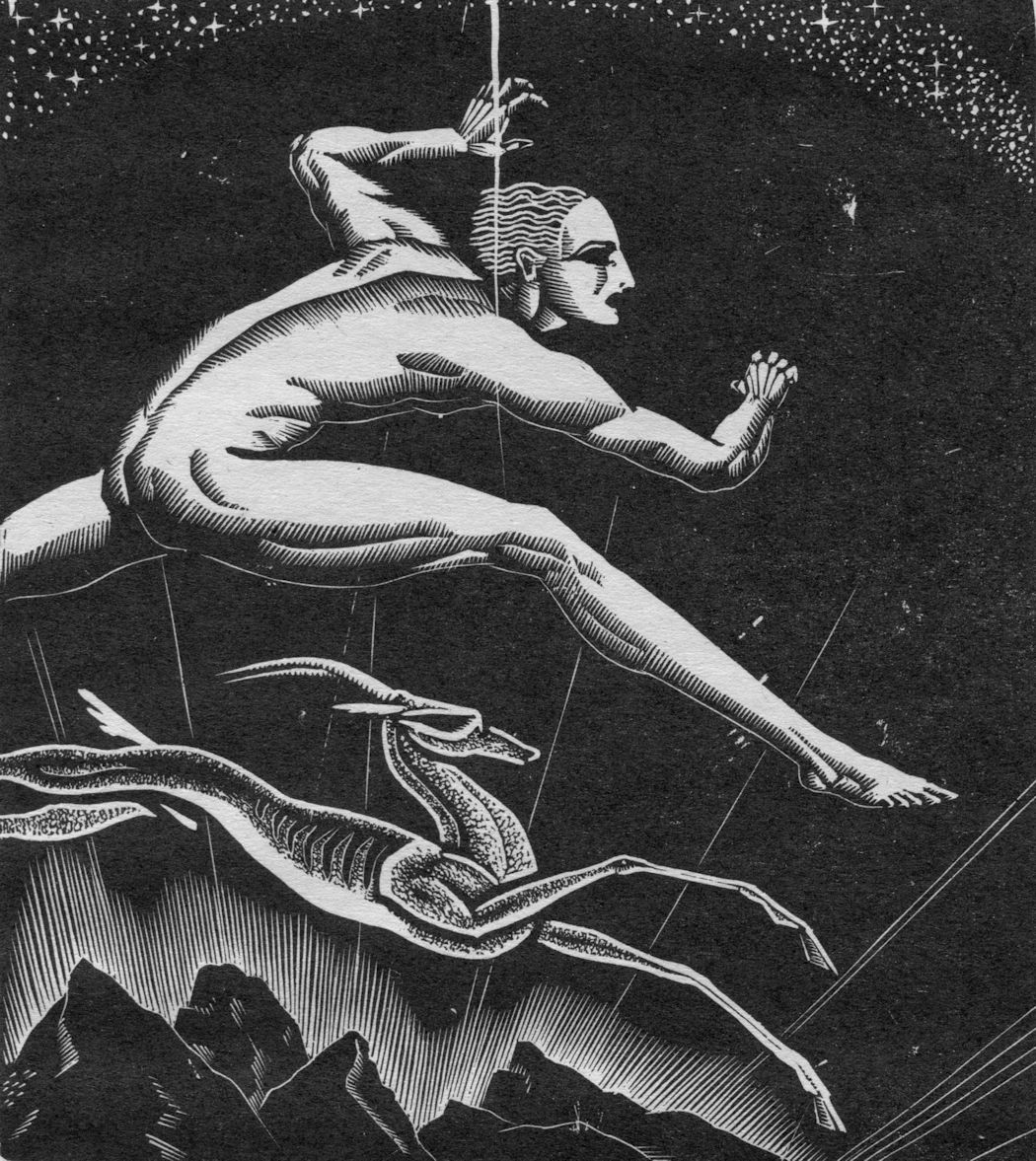If you collect or deal in prints and other works on paper, you quickly become aware that the state and condition of both the image and the paper it is printed on are of extraordinary importance in determining the desirability of a work, and in assigning a realistic value to it.
Image condition
Relief prints, like woodcuts and wood engravings, tend to withstand repeated impressions without significant degradation more readily than intaglio prints like etchings and engravings. Indeed, many of the images that appeared in Harper's Weekly throughout the Nineteenth and early Twentieth Centuries were wood engravings of illustrations by the likes of Winslow Homer and Thomas Nast that withstood tens of thousands of impressions.
The considerable downward force exerted by the etcher's press, however, will rather quickly degrade the image etched or engraved on a copper plate. Drypoint, engraved into copper in the manner of a drawing, depends upon the burr thrown up by the graving needle to hold the ink wiped across the plate. Such pieces may hold their burr sufficiently to produce a rich line imprint for just ten or twenty impressions before reworking is needed. The artist may frequently have retouched the copper plate to add new lines or strengthen weakened lines and may even have altered the image by adding, deleting or replacing content. Such changes produce the different states of a work. These states are listed chronologically for each of the artist's complete works on paper, forming what is known as a catalog raisonné. There is a catalog raisonné for nearly every important artist; these catalogs are indispensable tools for libraries, museums, dealers, auctioneers, and serious collectors. Together with auction records databases, they are the principal tools used to ascertain the state of a print and to formulate an approximate estimate of its value, with overall condition also taken into account.
All this said, the inked impression is a remarkably durable thing. Once dry, the ink is largely stable and long-lived. For a print, the paper itself is its Achilles' heel.
Paper Condition
Paper is susceptible to the malign effects of excessive humidity, insufficient humidity, fire, acidic surroundings (not least among these the wretched hack work of amateur framers and corner-cutting professionals), natural disasters, and careless handling to name but a few of the perils faced by works on paper.
In the present instance, we focus on working with paper that has come to grief for any reason. It stands to reason that - all other factors being equal - a work on paper in near-original condition will have a much higher value than the identical work with evidence of damage or deterioration. Sometimes, the difference can be surprisingly great. While all of us hope to secure the best available copy of a work on paper, in reality we are forced by its relative scarcity or by the excessive price that the perfect copy commands, to compromise on condition to some extent if we are to secure a particular work at all.
Many compromised prints have come my way over the years, attributable both to the ignorance of a neophyte and an enthusiasm for the image itself that outweighed its condition problems. Having accumulated a number of these ducks longing to become swans, I resolved to see if it might be possible to address some of the more common condition problems of paper and in doing so to improve their stability and appearance without causing further harm to a print than it had already suffered. I was hindered by the lack of available material on the subject of paper conservation and restoration when I began to search. Most of the guidelines published on line are vague, misleading, or dangerously simplistic. Professional paper conservators rightly demanded a fee for their expert opinions and recommendations, set high enough to deter someone with a drawer full of "condition issues" from making a complete nuisance of himself. And then I discovered Max Schweidler.
Max Schweidler and his older brother Carl were eminent restorers of works of art on paper. Then as now, the conservation and restoration fraternity assiduously guarded its knowledge and experience in the manner of a Medieval craft guild. Max, however, defied his peers with the 1938 publication of Die Instandsetzung von Kupferstichen, Zeichnungen, Büchern, usw. This landmark publication was a concise guide to restoration techniques straightforward enough for an interested and reasonably intelligent layman to grasp. Happily, it was edited and translated by Roy Perkinson, head of the paper conservation laboratory at the Museum of Fine Arts, Boston, and published by the Getty Conservation Institute as The Restoration of Engravings, Drawings, Books, and Other Works on Paper in 2006. If you click on the cover of the book above, it will take you to the book shop at the Getty, where you can order a copy.
Much has changed since 1938, but its basic principles of conservation and restoration remain sound, and Perkinson has added helpful updates to bring it all into clearer focus. Max Schweidler was a wizard of his craft. The term "Schweidlerized" is used by conservators and curators the world over to describe a print that has been superbly restored while leaving few traces that such work had in fact been done. What Schweidler does for me is to apply the brakes of restraint on any impulses that I may have to go too far. Through him, I have learned to accept that in certain cases I must resign myself to attainable goals and settle for a much cleaner and more stable print than I started with, if not a restoration to its original condition.
The result is that I easily and confidently clean, lighten, and de-acidify prints while leaving the rest to professionals, of whom there are many in greater Boston, as you might expect. If you have any questions, please call me at 617-469-9669.

